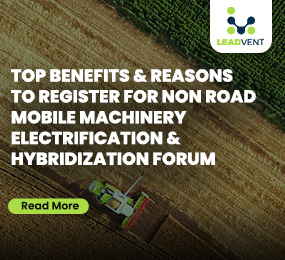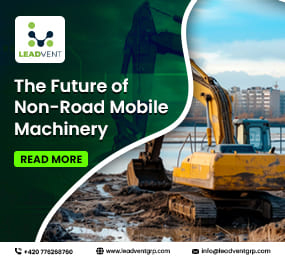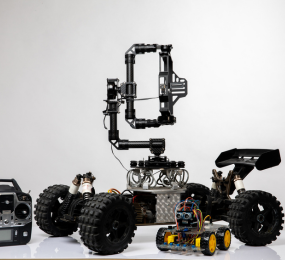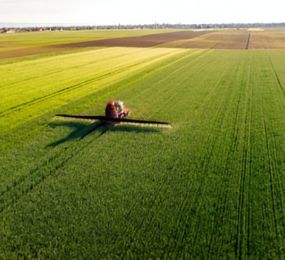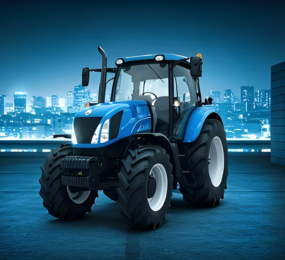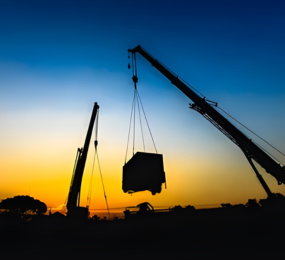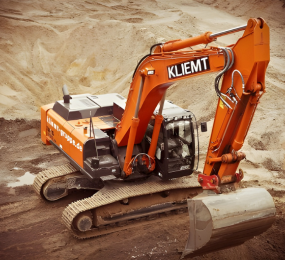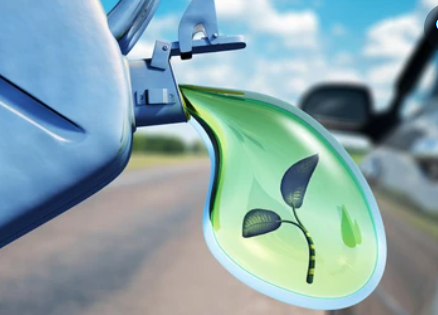Decarbonizing Non-Road Machinery: Turning a Quiet Corner in the Climate Fight
We often talk about tailpipe emissions from cars, or smokestacks from factories, but there’s another category of emissions that largely goes unnoticed those from non-road mobile machinery (NRMM). These are the bulldozers clearing land for roads, the cranes building our cities, the tractors growing our food, and the forklifts that move goods behind the scenes. Though they don’t travel on highways, they are central to how the world works and they burn through an enormous amount of diesel in the process.
As the world races to lower emissions and meet climate goals, NRMM is finally stepping into the spotlight. And the timing couldn’t be more urgent.
Why It Matters
Globally, NRMM accounts for a significant share of CO? and air pollutant emissions in sectors like construction, mining, ports, and agriculture. Unlike road vehicles, which are increasingly electrified and tightly regulated, non-road machinery has historically been left behind in the energy transition. But these machines often operate in densely populated urban areas or enclosed job sites, making their emissions a health and environmental concern.
Cities like London and Oslo have already begun enforcing low-emission zones that include construction equipment. In parallel, companies across Europe and beyond are rethinking how their fleets operate, not just to comply with new rules, but to lead with responsibility.
Electric and Hybrid Machinery: Gaining Ground
A growing number of manufacturers are developing electric and hybrid alternatives to traditional diesel-powered equipment. Electric mini-excavators, compact loaders, and even larger machinery are now appearing on job sites where noise, vibration, and emissions need to be kept to a minimum.
Electrification brings multiple advantages lower fuel costs, less maintenance, quieter operation, and zero local emissions. In city centers, that means cleaner air for residents and safer environments for workers.
But challenges remain. Battery life, charging infrastructure, and machine availability can limit adoption, especially in remote or high-demand applications. That’s where hybrid systems, biofuels, and even hydrogen-powered machinery are starting to fill the gaps.
A Broader Shift in Mindset
Decarbonizing NRMM isn’t just about replacing diesel engines. It’s about rethinking operations, planning logistics around energy use, and embracing smarter, more efficient machines. Fleet operators are starting to assess equipment lifecycles, measure carbon footprints, and integrate sustainability into procurement and project design.
Public projects, in particular, are beginning to require low-emission machinery in contracts nudging the market toward greener choices. The ripple effects could be significant: what begins as a mandate often becomes the industry standard.
Takeaway
Non-road mobile machinery may not be as visible as cars on a highway, but their impact on emissions and air quality is real. As technology advances and regulations tighten, industries now have the tools and the responsibility to clean up their operations. Decarbonizing NRMM won’t happen overnight, but the wheels of change are already in motion.
Learn more on our website: https://www.leadventgrp.com/events/2nd-annual-non-road-mobile-machinery-electrification-and-decarbonization-forum/details
For more information and group participation, contact us: [email protected]
Leadvent Group - Industry Leading Events for Business Leaders!
www.leadventgrp.com | [email protected]


